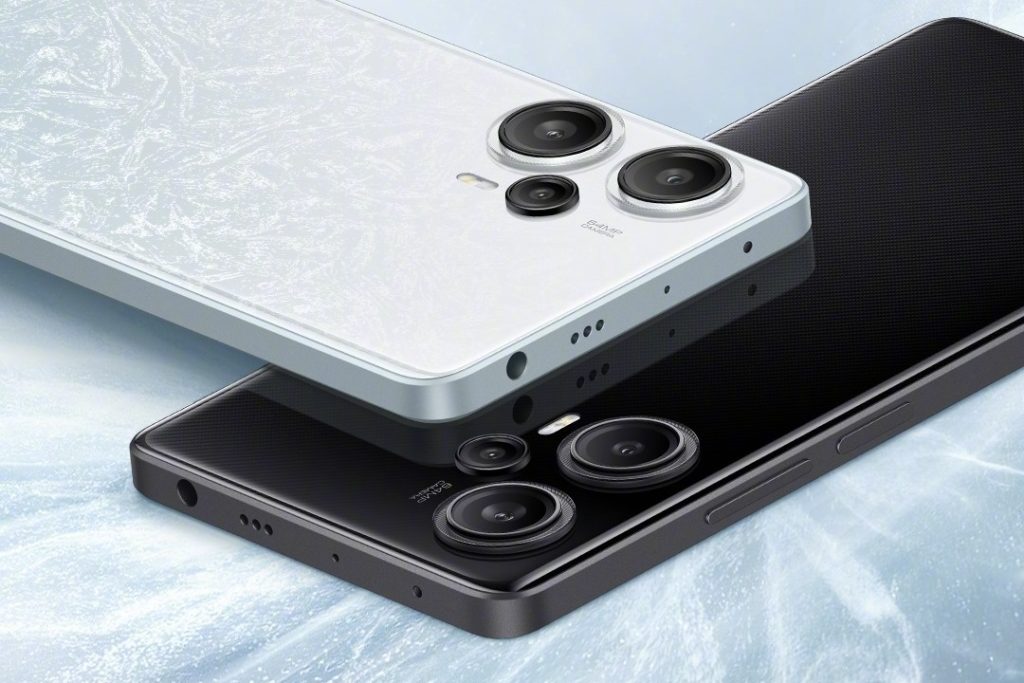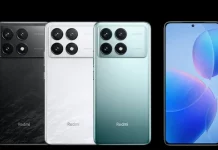Redmi recently unveiled the Note 12 Turbo, its latest mid-range smartphone, featuring an immersive 6.67-inch OLED display with a resolution of 2400×1080 and a refresh rate of 120Hz. What’s particularly noteworthy is that the display has been developed in partnership with Tianma, a lesser-known China-based microelectronics company.
When it comes to smartphone displays, it’s common to see major players like BOE or Samsung providing panels for popular devices. Some Chinese brands have also opted for displays made by TCL. However, Tianma is another established name in the industry, known for developing immersive panels used in smartphones, tablets, and TVs.

The Tianma-made display used in the Redmi Note 12 Turbo comes with top-notch specs. According to Redmi, this screen has a resolution of 2400×1080, a peak brightness of 1000nit, and support for 12-bit color depth. The panel can display 68.7 billion colors and adopts a windmill-shaped pixel array layout, which is claimed to be more energy efficient.
The display on the Redmi Note 12 Turbo boasts several impressive features, including SGS low blue light certification, support for 1920Hz high-frequency PWM dimming, and dual-mode eye protection (conventional and paper) for an effective eye-protection experience.
In addition, the display features a flagship four-narrow-edge design without a screen bracket, with the left and right bezels measuring just 1.42mm and the top bezel measuring 1.95mm. The compact design of the bottom of the screen, combined with a reduction in the bending radius and strengthened process control, enables an ultra-narrow bottom frame of just 2.22mm, resulting in an impressive screen-to-body ratio of 93.4%.
Redmi Note 12 Turbo also brings the Snapdragon 7+ Gen 2 chipset and various other impressive specifications. You might check out our launch coverage for more details.
RELATED:
- Redmi may mass-produce 300W super-fast charging technology
- Redmi Buds 4 get enchanted with a Special Harry Potter Edition
- POCO C51 Tipped to Launch Soon, Here’s What to Expect
- Xiaomi TV S75, S65 With 4K 144Hz Display Launched
- Alleged Xiaomi 13 Ultra launch date emerges online
(Via)







